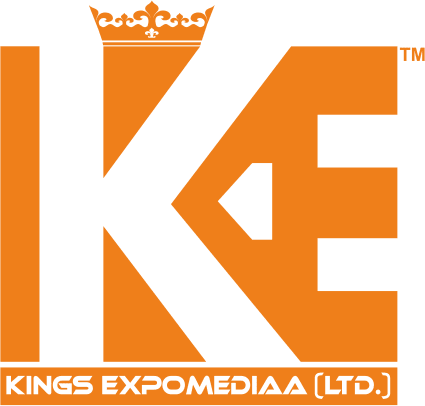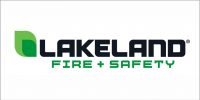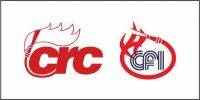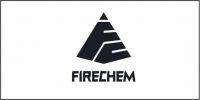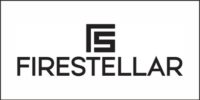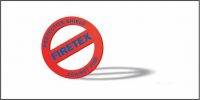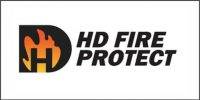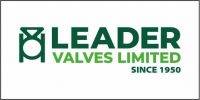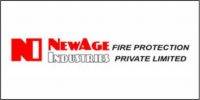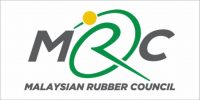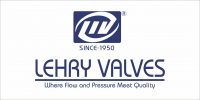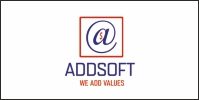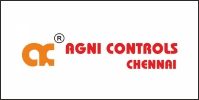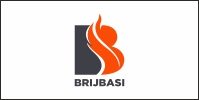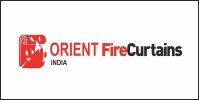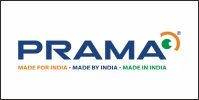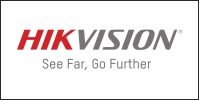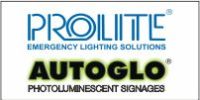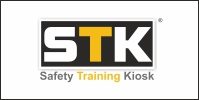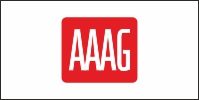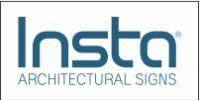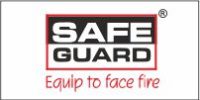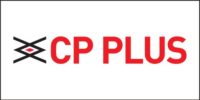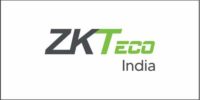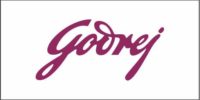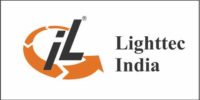 Boilers and fired pressure equipment are critical components in industrial operations, power generation, chemical processing, petroleum refining, and many manufacturing sectors. These systems function under extreme pressures and temperatures, making them potential hazards if not properly maintained and monitored. To mitigate risks and ensure operational reliability, the industry has developed and adopted a range of best practices that govern the inspection, repair, and alteration of these essential systems. For B2B stakeholders such as plant managers, safety engineers, compliance officers, and maintenance contractors, adherence to these practices is both a regulatory necessity and a strategic imperative.
Boilers and fired pressure equipment are critical components in industrial operations, power generation, chemical processing, petroleum refining, and many manufacturing sectors. These systems function under extreme pressures and temperatures, making them potential hazards if not properly maintained and monitored. To mitigate risks and ensure operational reliability, the industry has developed and adopted a range of best practices that govern the inspection, repair, and alteration of these essential systems. For B2B stakeholders such as plant managers, safety engineers, compliance officers, and maintenance contractors, adherence to these practices is both a regulatory necessity and a strategic imperative.
Inspection of boilers and fired pressure equipment forms the cornerstone of preventive maintenance programs. These inspections are typically mandated by national and international regulatory bodies such as the American Society of Mechanical Engineers (ASME), the National Board of Boiler and Pressure Vessel Inspectors, and regional jurisdictions like the Indian Boiler Regulations (IBR), Canadian Boiler and Pressure Vessel Safety Regulations, or the UK’s Pressure Systems Safety Regulations (PSSR). The inspection process is divided into several categories—pre-service inspection, in-service inspection, and post-repair/alteration inspection. Pre-service inspections verify that the equipment meets design specifications and has been constructed following applicable codes and standards. In-service inspections are periodic checks conducted to monitor the condition of the equipment during its operational lifecycle. Post-repair or alteration inspections are conducted to ensure the safety and integrity of the system after any intervention.
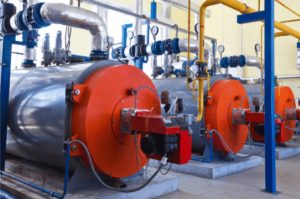 One of the most effective industry practices in boiler inspection is the application of Risk-Based Inspection (RBI) methodologies. RBI prioritizes inspection resources based on the probability and consequence of failure. This method leverages historical data, operational parameters, material degradation mechanisms, and failure modes to assess risk and schedule inspections more effectively. Advanced non-destructive testing (NDT) techniques are employed during inspections, including ultrasonic testing (UT), radiographic testing (RT), magnetic particle testing (MT), eddy current testing (ECT), and visual testing (VT). These methods allow for the detection of cracks, corrosion, thinning, and other anomalies without dismantling the equipment, thereby reducing downtime and enhancing safety.
One of the most effective industry practices in boiler inspection is the application of Risk-Based Inspection (RBI) methodologies. RBI prioritizes inspection resources based on the probability and consequence of failure. This method leverages historical data, operational parameters, material degradation mechanisms, and failure modes to assess risk and schedule inspections more effectively. Advanced non-destructive testing (NDT) techniques are employed during inspections, including ultrasonic testing (UT), radiographic testing (RT), magnetic particle testing (MT), eddy current testing (ECT), and visual testing (VT). These methods allow for the detection of cracks, corrosion, thinning, and other anomalies without dismantling the equipment, thereby reducing downtime and enhancing safety.
When damage or deterioration is identified during inspections, repairs must be carried out in compliance with established standards such as the National Board Inspection Code (NBIC) and ASME Section IX (Welding Qualifications). Repairs typically involve removing damaged components, welding or replacing affected sections, and ensuring that the equipment is returned to a safe and reliable state. Welding repairs demand certified welders, approved welding procedures, and post-weld heat treatment (PWHT) if necessary. All repair activities must be thoroughly documented, including weld maps, inspection reports, and pressure test results. This documentation is critical not only for compliance but also for maintaining asset integrity records over the lifecycle of the equipment.
Alterations to boilers and pressure vessels—such as increasing operating pressure, modifying nozzle configurations, or changing materials—require even greater scrutiny. These modifications must be re-evaluated from a design and safety standpoint and approved by authorized inspectors and engineers. Re-rating equipment also involves recalculating design limits and may require re-certification under the governing code. Failing to follow proper procedures during alterations can introduce systemic risks that compromise the entire pressure boundary.
A comprehensive inspection and maintenance program also includes condition monitoring and asset health tracking. Digital tools, sensors, and Industrial Internet of Things (IIoT) technologies are increasingly being used to monitor pressure, temperature, vibration, and corrosion rates in real time. These smart systems enable predictive maintenance strategies, where interventions are carried out based on actual equipment conditions rather than fixed schedules. This minimizes unplanned outages, improves resource allocation, and enhances overall safety performance.
Training and qualification of personnel involved in the inspection, repair, and alteration process is another crucial best practice. Engineers, technicians, welders, and inspectors must be adequately trained and certified under recognized programs such as API 510 (Pressure Vessel Inspector), NBIC endorsements, or ASME-authorized certifications. Regular refresher courses and practical workshops ensure that personnel remain updated on the latest codes, technologies, and safety protocols.
Documentation and compliance reporting are fundamental pillars of boiler and pressure equipment management. All inspection results, repair records, and alteration details must be meticulously maintained and made available for regulatory review. Many jurisdictions require equipment to be registered and routinely inspected by certified authorities. Failure to maintain proper records or meet inspection schedules can result in hefty fines, shutdowns, or even catastrophic failures that lead to loss of life and property.
From a business-to-business standpoint, companies that prioritize boiler safety and adhere to best practices in inspection and maintenance enjoy several competitive advantages. These include higher equipment uptime, reduced liability, improved insurance terms, and enhanced stakeholder confidence. Furthermore, demonstrating a strong safety culture and commitment to compliance can support brand reputation and market positioning, especially in industries with high regulatory scrutiny.
In conclusion, the inspection, repair, and alteration of boilers and fired pressure equipment are intricate yet indispensable activities that ensure operational safety and efficiency. By adopting industry best practices—including risk-based inspection, advanced NDT methods, certified repair procedures, digital condition monitoring, and rigorous personnel training—organizations can safeguard their assets, workforce, and bottom line. In an increasingly connected industrial landscape, embracing these practices is not just about meeting standards—it is about setting them.
